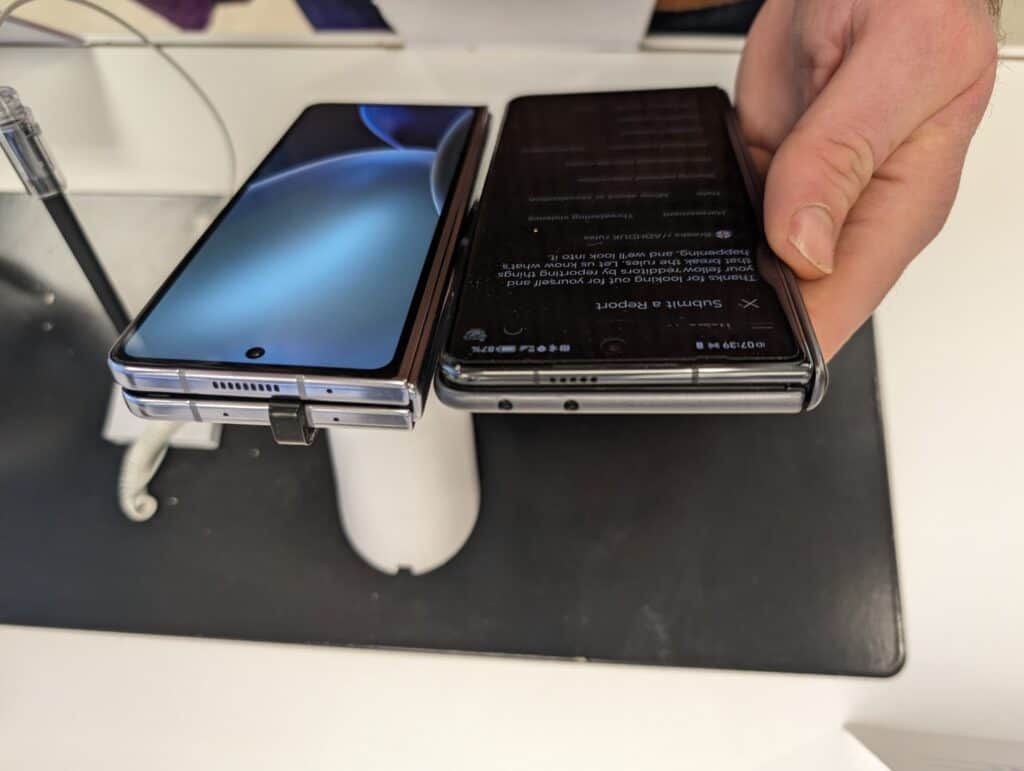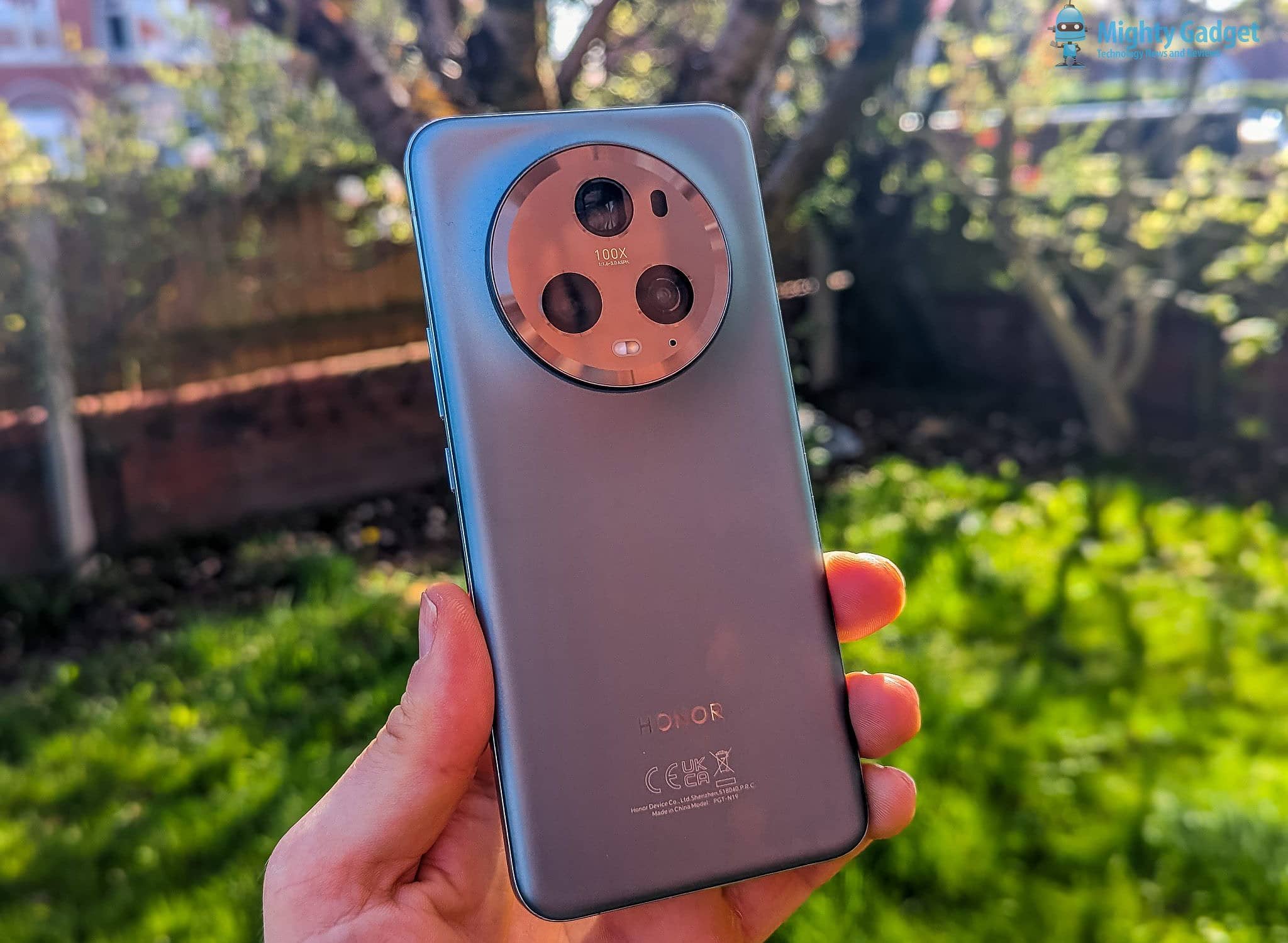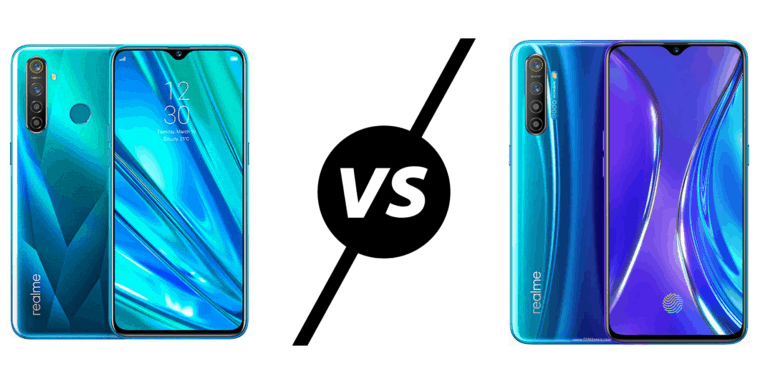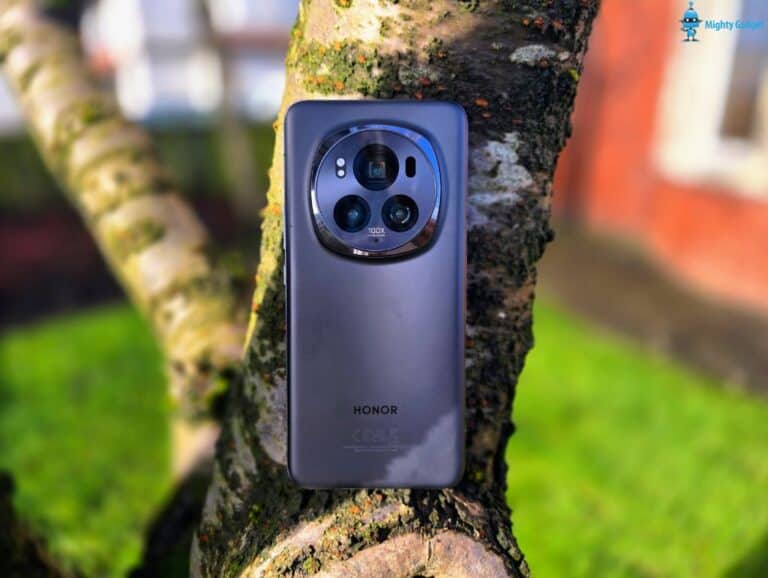Any links to online stores should be assumed to be affiliates. The company or PR agency provides all or most review samples. They have no control over my content, and I provide my honest opinion.
Honor seems to be doing a good job of taking the reins from Huawei in terms of smartphone innovation.
The Honor Magic5 Pro was probably my favourite phone of last year. The Chinese variant was the first phone to ever use silicon carbon battery technology, which they claimed has 12.8% more energy density than lithium batteries that use a graphite anode. I personally loved the phone as it had an amazing balance of flagship specs while keeping the price under £1k.
I recently reviewed the Honor Magic V2, which I think is an incredible piece of engineering, being the thinnest foldable phone on the market, with folded dimensions not much thicker than a normal phone. This also features a silicon carbon battery, and it is likely why Honor has managed to make it considerably thinner than its rivals.
So, what is so good about silicon carbon, and are we likely to see it used in more phones in 2024?
What is a Silicon-Carbon Battery?
A silicon-carbon battery is a type of lithium-ion battery that uses a silicon-carbon anode instead of the typical graphite anode. The key difference lies in the anode material, which enables higher energy density.
The inclusion of silicon significantly increases the anode’s capacity because silicon can accommodate a larger amount of lithium ions compared to carbon alone. Silicon has a theoretical charge capacity of 4200 mAh/g, over 10 times higher than graphite’s 372 mAh/g capacity.
However, silicon was not used initially because it undergoes large volume expansion up to 300% when lithium ions intercalate. This would cause mechanical failure and loss of electrical contact over charge/discharge cycles. This hybrid silicon-carbon anode structure aims to harness the high capacity of silicon while maintaining the structural integrity and cyclic stability provided by carbon.
What types of Lithium-Ion batteries are used in mobile phones today?
Lithium-Ion batteries are the most common type of rechargeable batteries in mobile phones and come in various chemistries, each with its own set of characteristics:
- Lithium Cobalt Oxide (LiCoO2): Known for its high energy density, this chemistry is prevalent in mobile phones and laptops, offering a good balance between energy capacity and safety.
- Lithium Manganese Oxide (LiMn2O4): This type provides a lower energy density but greater safety due to its thermal stability, making it a suitable choice for applications requiring enhanced safety features.
- Lithium Nickel Manganese Cobalt Oxide (LiNiMnCoO2 or NMC): Combining nickel, manganese, and cobalt, this chemistry offers a good compromise between high energy density, long life, and safety, widely used in power tools and electric vehicles, and increasingly in mobile phones.
- Lithium Iron Phosphate (LiFePO4): Characterised by its robust thermal stability and safety, LiFePO4 offers a longer cycle life but at the expense of lower energy density, making it less common in compact mobile devices but more so in larger electronics requiring high safety levels such as portable power stations from brands like EcoFlow, Bluetti and Allpowers.
Most modern smartphone batteries use lithium-nickel-manganese-cobalt-oxide (NMC) or lithium-cobalt-oxide (LCO) cathode chemistry with a graphite anode.
Popular NMC variations are:
- NMC111 – 1 part nickel, 1 part manganese, 1 part cobalt
- NMC532 – 5 parts nickel, 3 parts manganese, 2 parts cobalt
- NMC622 – 6 parts nickel, 2 parts manganese, 2 parts cobalt
- NMC811 – 8 parts nickel, 1 part manganese, 1 part cobalt
NMC batteries offer higher capacity and better thermal stability than LCO. High-nickel NMC variations like NMC811 also have higher energy density but tend to be more expensive.
Silicon-Carbon vs Lithium-Ion Batteries
| Specification | Silicon-Carbon | Lithium-Ion |
| Energy Density | 12.8% higher | 100% |
| Charge Cycles | Comparable longevity | 500-1000 cycles |
| Safety | Comparable | Good |
| Cost | Currently higher | Lower |
| Maturity | New technology | Mature technology |
Pros & Cons
Pros of Silicon-Carbon:
- Higher capacity for same battery size
- Lasts longer at low voltages
Cons of Silicon-Carbon:
- New technology, long-term reliability unknown
- Currently more expensive to manufacture
Pros of Lithium-Ion:
- Mature and well-understood technology
- Lower cost
- Good availability of materials
Cons of Lithium-Ion:
- Lower energy density
- Capacity fades faster under stress
How does a Silicon-Carbon Battery work?
The silicon-carbon anode aims to address silicon expansion issues via novel nanostructure designs. The anode comprises silicon nanoparticles embedded in a conductive carbon matrix framework.
This framework provides space for the silicon particles to expand into, preventing mechanical issues. It also ensures good electrical contact. The result is an anode that can leverage silicon’s high capacity while being structurally stable.
Apart from the anode, silicon-carbon batteries have a similar construction to conventional lithium-ion batteries. This includes lithium-based cathode material, electrolyte, separators, etc.
During discharge, lithium ions flow from the cathode to the anode and are inserted into the silicon to form lithium silicides. The process reverses on charge with lithium ions releasing back to the cathode.
What are the pros and cons of Silicon-Carbon batteries?
Pros:
- 12.8% higher energy density allowing more capacity
- 240% more capacity remaining at low voltages like 3.5V
- Supports fast charging rates with good efficiency
- Comparable cycle life to lithium-ion
- Low temperature performance similar to graphite
Cons:
- New technology, long term reliability and safety unknown
- Formation and aging mechanisms not fully understood
- Currently higher cost than lithium-ion
- Requires proprietary fabrication techniques
While silicon-carbon batteries offer excellent performance metrics, more field testing data is needed to validate longevity and safety. Cost is also a barrier for widespread adoption currently.
What is the difference between a Silicon-Carbon vs Lithium-Ion battery?
The key difference is the anode material. Silicon-carbon batteries use a nanostructured silicon-carbon composite anode while lithium-ion batteries typically use a graphite carbon anode.
The silicon-carbon anode can store over 10x more lithium ions enabling higher energy density. However, silicon expands dramatically during charging which led to mechanical failures early on. The nanostructured design addresses this by providing internal voids and good conductivity.
Apart from the anode, other components including cathode and electrolyte chemistry remain similar to conventional lithium-ion batteries. This makes silicon-carbon batteries good drop-in replacements in existing manufacturing lines.
Are there any better battery technologies for mobile vs Silicon-Carbon?
Some battery technologies that show promise for future mobile applications include:
Lithium-Sulfur: High theoretical energy density of 2500 Wh/kg, about 5x higher than lithium-ion. However, has issues like low cycle life, self-discharge, and dendrite formation.
Solid State Batteries: Replace liquid electrolyte with solid alternative. Enables use of lithium metal anode for very high energy density. Still in early R&D stage with challenges around interfaces and scalable fabrication.
Experts see silicon-carbon as an interim step before technologies like Li-S and solid-state can mature. For now, silicon-carbon offers the best combination of improved performance at reasonable cost.
What phones use a Silicon-Carbon Battery

Honor was the first company to introduce silicon-carbon battery technology into one of their phones with the launch of the Magic5 Pro.
However, it was only the Chinese variant that used this battery, and it has a 5450 mAh battery capacity instead of the 5100 mAh battery in global variants, providing a 7% increase in capacity.
The Honor Magic V2, which was launched in China 4 months after the Magic5 Pro, and just launched globally, also integrates a silicon-carbon battery and is likely a big factor in Honor achieving a 9.9 mm thickness, which is almost 2mm thinner than the OnePlus Open and 3.5mm thinner than the Samsung Galaxy Z Fold5.

If silicon-carbon delivers on its promises, we are likely to see much wider adoption in phones from major brands as well. I would hope that the upcoming Honor Magic6 Pro will utilise silicon-carbon for both the Chinese and global variants. Early leaks claim it has a massive 5600 mAh capacity which would indicate this is true.
The technology remains in the early stages, though, so more real-world validation is needed first.
Overall, silicon carbon batteries offer exciting improvements in energy density versus conventional lithium-ion. While still an emerging technology, its drop-in compatibility gives it strong prospects to enter mainstream use soon. Continued advances addressing cost and longevity will be vital for broader adoption.
I am James, a UK-based tech enthusiast and the Editor and Owner of Mighty Gadget, which I’ve proudly run since 2007. Passionate about all things technology, my expertise spans from computers and networking to mobile, wearables, and smart home devices.
As a fitness fanatic who loves running and cycling, I also have a keen interest in fitness-related technology, and I take every opportunity to cover this niche on my blog. My diverse interests allow me to bring a unique perspective to tech blogging, merging lifestyle, fitness, and the latest tech trends.
In my academic pursuits, I earned a BSc in Information Systems Design from UCLAN, before advancing my learning with a Master’s Degree in Computing. This advanced study also included Cisco CCNA accreditation, further demonstrating my commitment to understanding and staying ahead of the technology curve.
I’m proud to share that Vuelio has consistently ranked Mighty Gadget as one of the top technology blogs in the UK. With my dedication to technology and drive to share my insights, I aim to continue providing my readers with engaging and informative content.




![Aukey Basix Pro PD Wireless Power Bank Charger Review [PB-WL02]](https://mightygadget.com/wp-content/uploads/2023/03/Aukey-Basix-Pro-PD-Wireless-Power-Bank-Charger-Review-Mighty-Gadget-768x578.jpg)


